int lcs(char[] x, int i, char[] y, int j) {
if (i == 0 || j == 0) return 0;
if (x[i - 1] == y[j - 1]) return lcs(x, i - 1, y, j - 1) + 1;
return Math.max(lcs(x, i, y, j - 1), lcs(x, i - 1, y, j));
}
print(lcs(x, x.length, y, y.length);
Following is a partial recursion tree:
lcs("ABCD", "AFDX")
/ \
lcs("ABC", "AFDX") lcs("ABCD", "AFD")
/ \ / \
lcs("AB", "AFDX") lcs("AXY", "AFD") lcs("ABC", "AFD") lcs("ABCD", "AF")
Worst case is when the length of LCS is 0 which means there's no common subsequence. At that case all of the possible subsequences are examined and there are O(2^n) subsequences.
